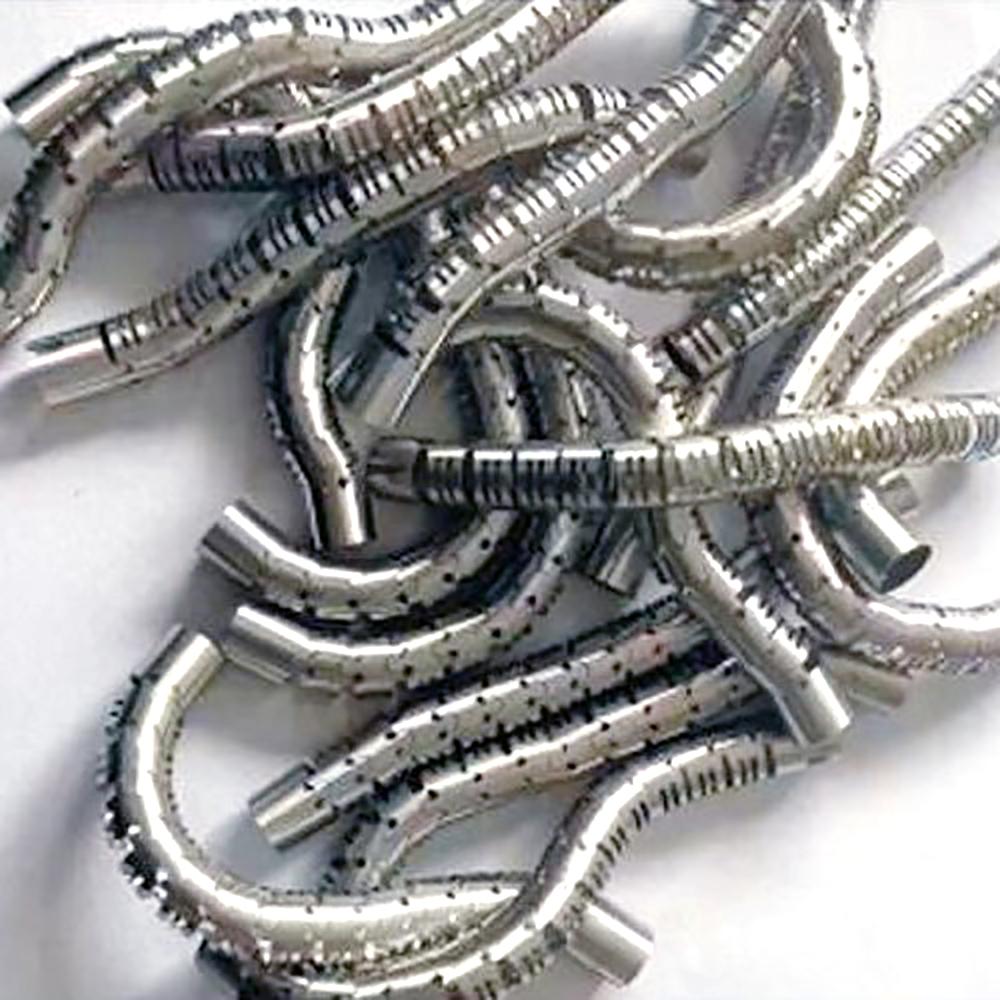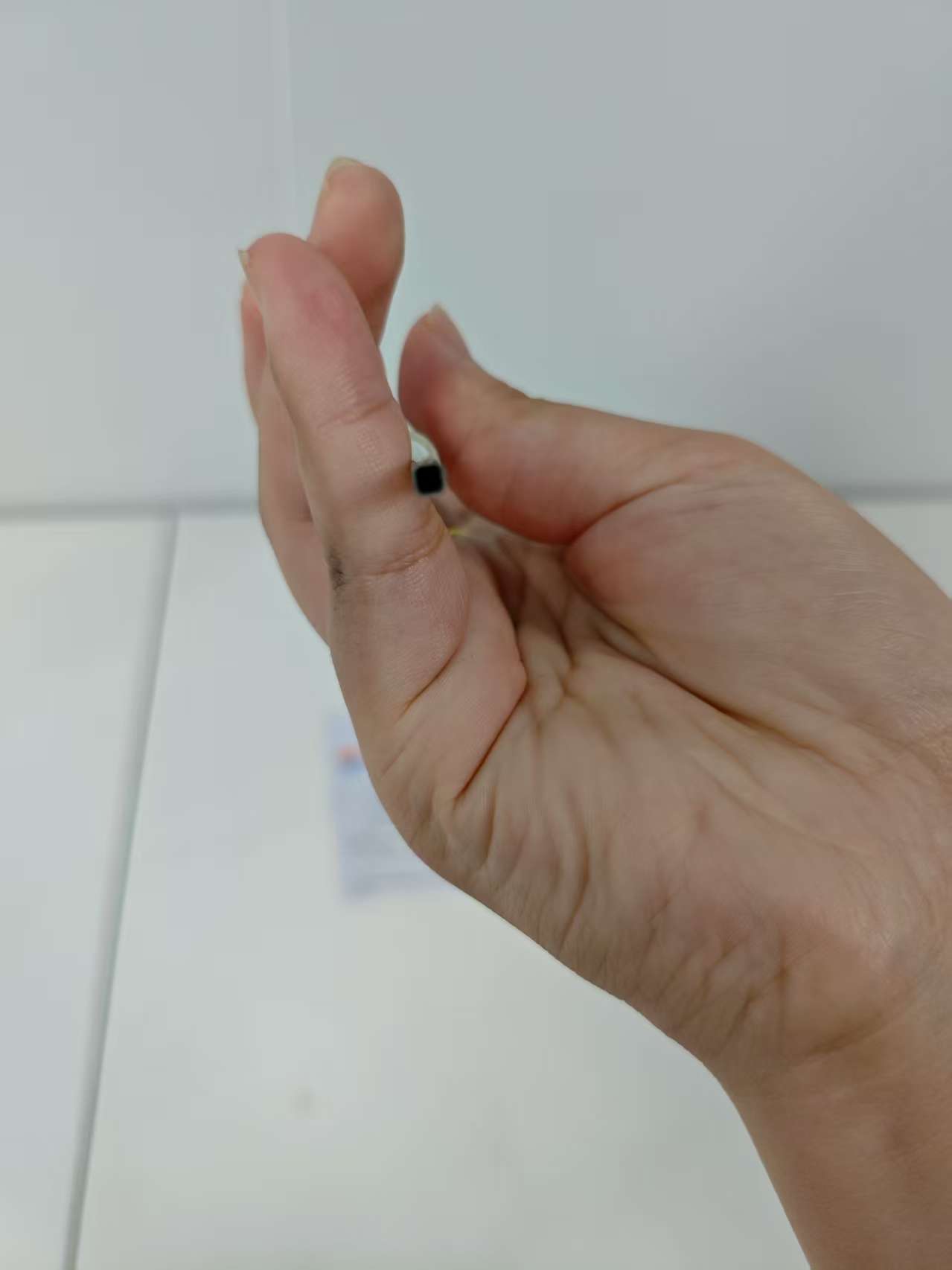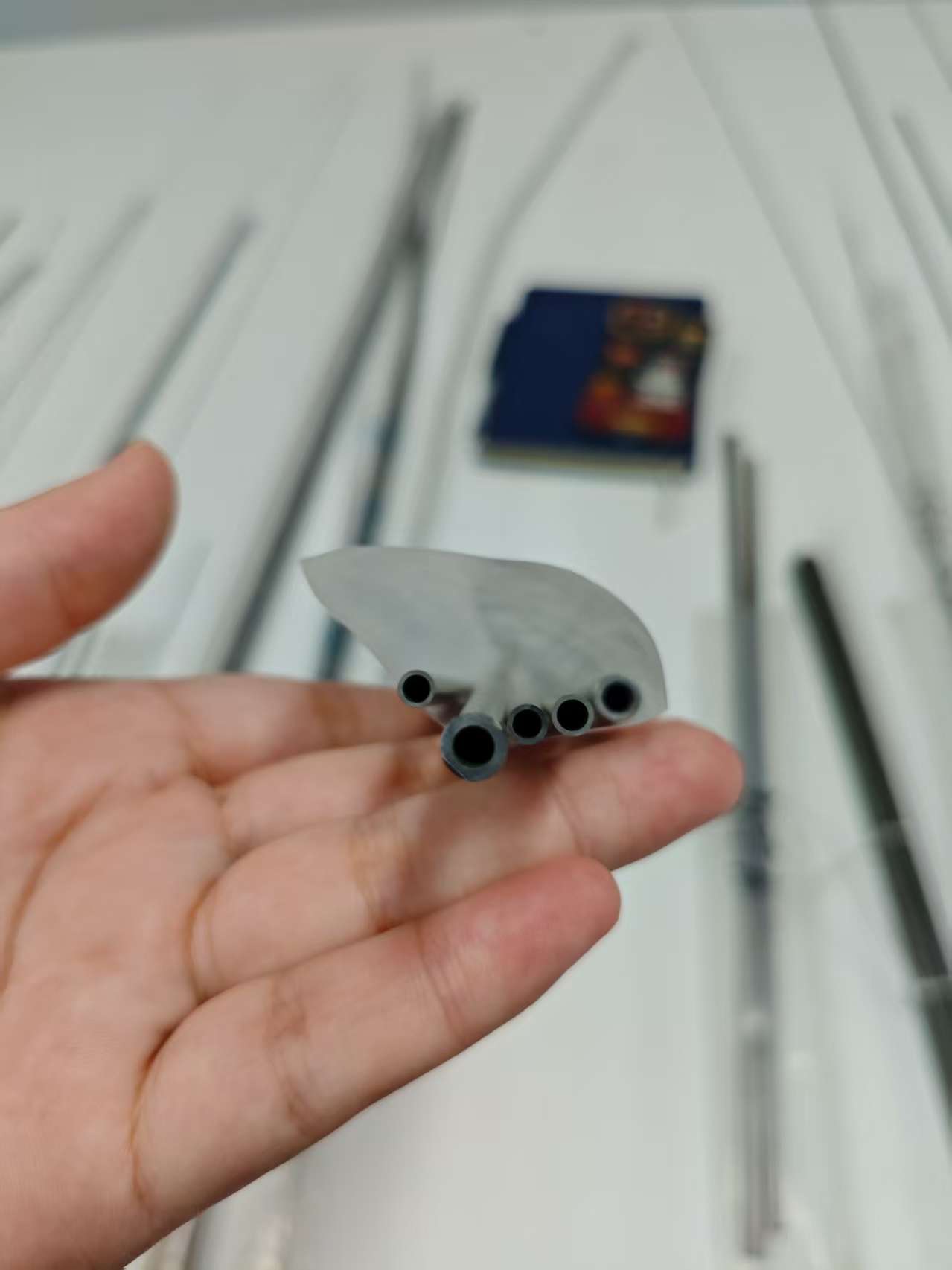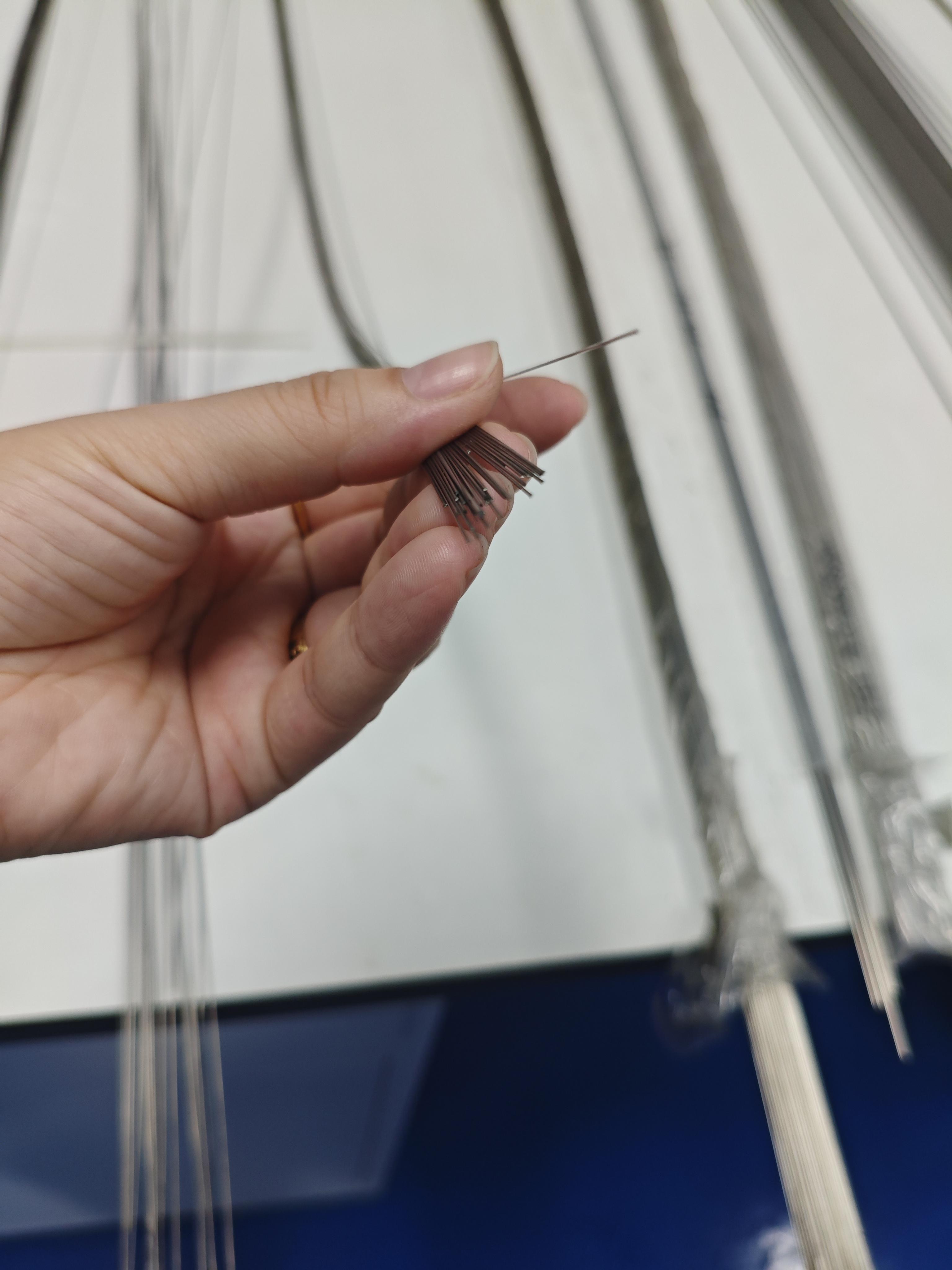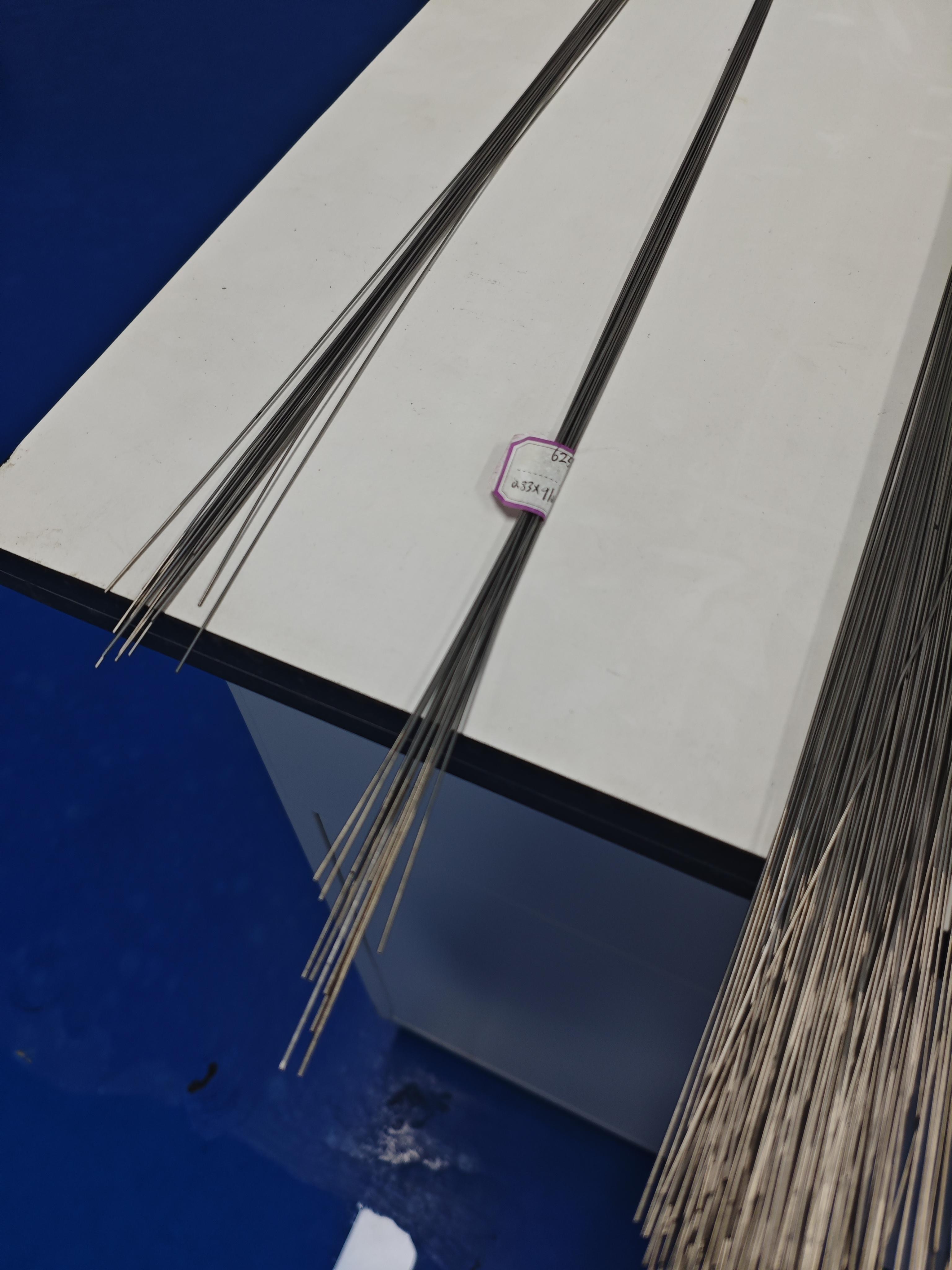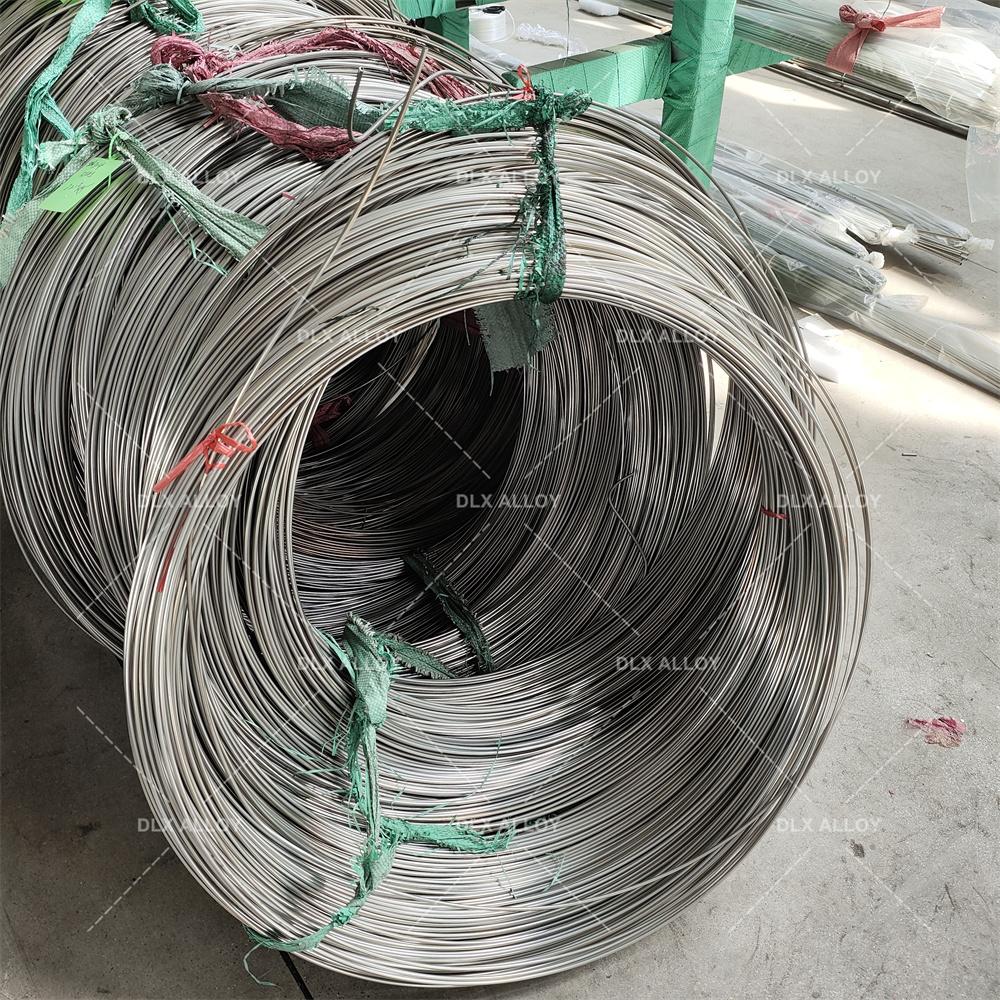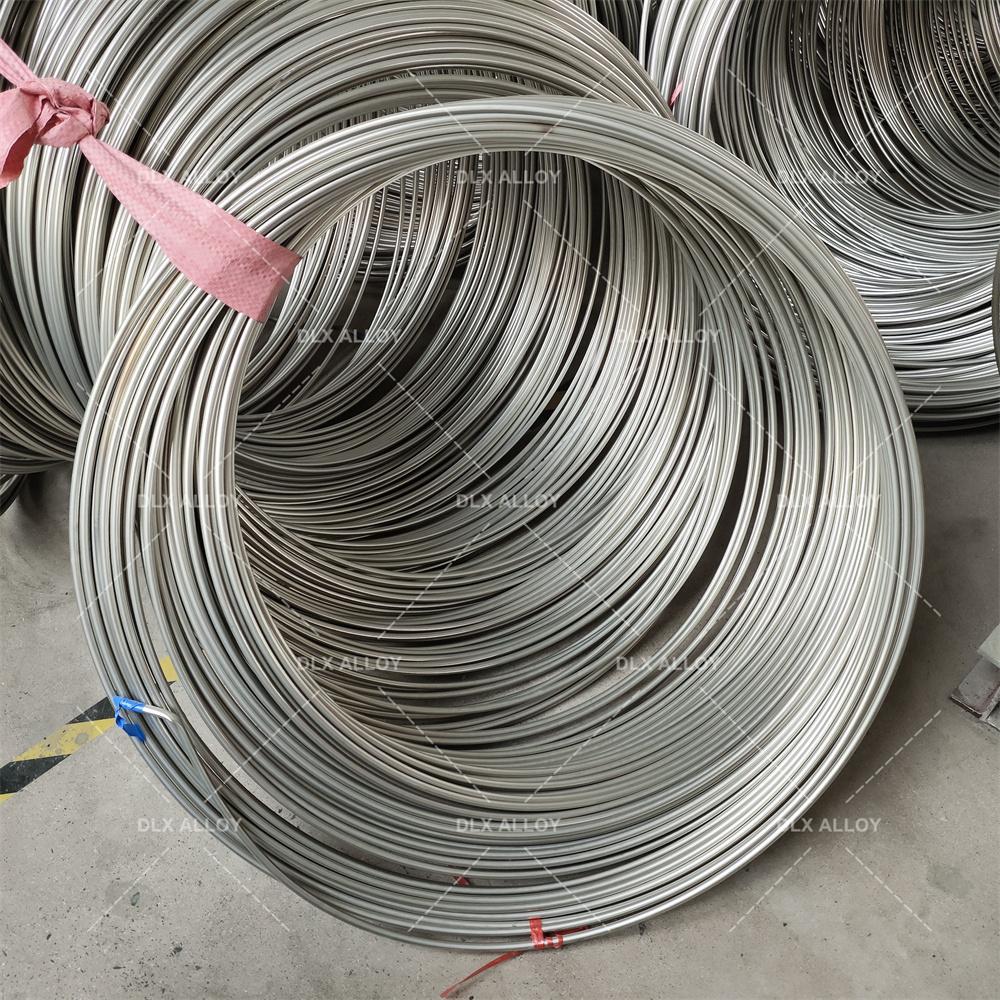
At our company, we’re passionate about crafting biocompatible 316L stainless steel tube for bone fixation that powers orthopedic surgeries with reliability and precision. These tubes aren’t just metal—they’re the foundation for devices that help patients heal stronger and get back to life faster. Designed for bone screws, plates, and nails, our 316L stainless steel tubes deliver the durability and biocompatibility surgeons need to tackle everything from fractures to complex reconstructions.
For more details, pls directly contact us.
Let’s break down what makes our biocompatible 316L stainless steel tube for bone fixation a standout. This alloy packs 16-18% chromium for a tough corrosion barrier, 10-14% nickel for added strength, and 2-3% molybdenum to fend off pitting in the body’s salty environment. With carbon kept under 0.03%, it’s weldable without losing integrity, meeting ASTM F138 and ISO 5832-1 standards for implant-grade safety. We produce these tubes in diameters from 1mm to 12mm, with wall thicknesses as thin as 0.1mm, perfect for cannulated screws or intramedullary nails. Our proprietary annealing process boosts ductility—over 40% elongation—ensuring tubes flex without breaking under bone stresses.
Comparison of Medical Stainless Steel Grades, Materials, and Applications
Grade | Composition | Key Properties | Corrosion Resistance | Biocompatibility | Applications | Advantages | Limitations |
|---|---|---|---|---|---|---|---|
316L | Fe (60-70%), Cr (16-18%), Ni (10-14%), Mo (2-3%), C (<0.03%) | Tensile: 485-620 MPa, Yield: 170-290 MPa, Elongation: 40-50%, Hardness: 95 HRB | Excellent (passive oxide layer, resists pitting) | High, minimal ion release, rare Ni sensitivity | Bone plates, screws, stents, hip stems, dental implants | Cost-effective, machinable, fatigue-resistant | Possible Ni sensitivity, heavier than Ti |
304L | Fe (65-74%), Cr (18-20%), Ni (8-10.5%), C (<0.03%) | Tensile: 485-550 MPa, Yield: 170-240 MPa, Elongation: 40-55%, Hardness: 92 HRB | Good, less resistant to pitting than 316L | Moderate, higher Ni release risk | Temporary implants, surgical tools, guidewires | Affordable, easy to form, widely available | Limited for long-term implants due to corrosion |
17-4 PH | Fe (70-78%), Cr (15-17.5%), Ni (3-5%), Cu (3-5%), C (<0.07%) | Tensile: 930-1100 MPa, Yield: 725-860 MPa, Hardness: 30-44 HRC | Very good, but less than 316L in saline | Good, but less biocompatible than 316L | Load-bearing implants, surgical instruments | High strength, heat-treatable, durable | Complex processing, less corrosion-resistant |
420 | Fe (80-90%), Cr (12-14%), C (0.15-0.4%) | Tensile: 700-950 MPa, Yield: 340-450 MPa, Hardness: 45-50 HRC | Moderate, prone to pitting in body fluids | Moderate, not ideal for long-term implants | Cutting tools, temporary pins, dental drills | High hardness, wear-resistant, sharpenable | Poor corrosion resistance for permanent use |
440C | Fe (78-85%), Cr (16-18%), C (0.95-1.2%) | Tensile: 760-1000 MPa, Yield: 450-600 MPa, Hardness: 56-60 HRC | Moderate, better than 420 but less than 316L | Limited, high carbon affects biocompatibility | Surgical blades, high-wear tools | Extremely hard, excellent edge retention | Not suitable for long-term implants |
F138 (316LVM) | Fe (60-70%), Cr (17-19%), Ni (13-15%), Mo (2.25-3.5%), C (<0.03%) | Tensile: 490-690 MPa, Yield: 190-300 MPa, Elongation: 40-50%, Hardness: 95 HRB | Superior, optimized for medical use | Excellent, lowest ion release, vacuum-melted | Orthopedic implants, cardiovascular stents | Enhanced purity, top biocompatibility | Higher cost than standard 316L |
303 | Fe (65-75%), Cr (17-19%), Ni (8-10%), S (0.15-0.35%) | Tensile: 500-620 MPa, Yield: 240-290 MPa, Elongation: 35-50%, Hardness: 90 HRB | Moderate, sulfur reduces corrosion resistance | Moderate, not ideal for permanent implants | Machined components, non-implant devices | Excellent machinability, cost-effective | Not suitable for long-term implants |
Nitronic 60 | Fe (60-70%), Cr (16-18%), Ni (8-9%), Mn (7-9%), N (0.08-0.18%) | Tensile: 620-793 MPa, Yield: 345-414 MPa, Hardness: 95-100 HRB | Very good, resists galling and wear | Good, but less studied for implants | Wear-resistant implants, joint components | High wear resistance, galling resistance | Limited medical use, higher cost |
For more details, pls directly contact us

We take it further with advanced manufacturing. Our tubes get electropolished to a mirror-smooth Ra <0.2µm, reducing bacterial adhesion and easing sterilization. This is critical for implants like locking plates that stay in the body long-term. We also offer custom surface treatments, like hydroxyapatite coatings, to enhance osseointegration, helping bones fuse faster. Fatigue testing simulates years of dynamic loading, confirming our tubes can handle the repetitive stresses of walking or lifting without cracking. Non-magnetic properties keep them MRI-safe, a big plus for post-op diagnostics.
The orthopedic devices market is thriving, valued at USD 46.1 billion in 2025 and projected to hit USD 68.7 billion by 2032 at a 5.2% CAGR. Aging populations are a major driver—by 2030, over 20% of the global population will be over 60, increasing demand for fracture repairs and joint reconstructions. Trauma cases from accidents and sports injuries are also spiking, with over 3 million annual fractures in the U.S. alone. Minimally invasive techniques are reshaping the field, with procedures like percutaneous nailing reducing recovery times. Our biocompatible 316L stainless steel tube for bone fixation fits perfectly here, offering the strength for load-bearing implants and the flexibility for less invasive delivery.
Regulatory trends are tightening, with the FDA and EU MDR demanding rigorous biocompatibility and traceability. Our 316L tubes exceed ISO 10993 standards for cytotoxicity and sensitization, ensuring patient safety. Sustainability is another hot topic—hospitals are pushing for recyclable materials, and stainless steel’s near-100% recyclability makes it a green choice. The medical metal tubing market is on track to grow from USD 812.59 million in 2025 to USD 1,547.53 million by 2034 at a 6.7% CAGR, with stainless steel leading for its balance of performance and cost in orthopedic applications.
Emerging trends are exciting. Bioactive coatings are gaining traction to improve bone integration, and we’re seeing more hybrid implants combining 316L with polymers for flexibility. Robotic-assisted surgeries, expected to hit USD 14.4 billion by 2026, demand precision tubing for articulated fixators, where our tubes excel. The rise of outpatient orthopedic clinics—growing at 6% CAGR—calls for cost-effective, durable components, and 316L delivers without breaking the bank. Personalized medicine is another frontier, with 3D-printed implants driving demand for customizable tubes to match patient anatomies.
Applications for our biocompatible 316L stainless steel tube for bone fixation are vast. In trauma surgery, they form intramedullary nails for long bones like the femur or tibia, stabilizing fractures for faster healing. For spinal fusions, they’re used in cannulated pedicle screws, guiding accurate placement with minimal tissue damage. In joint reconstructions, like hip or knee revisions, our tubes serve as pins or sleeves, providing robust support under heavy loads. They’re also key in external fixators for complex fractures, where corrosion resistance ensures stability during prolonged use.
Minimally invasive procedures are a sweet spot. Our thin-walled tubes enable percutaneous delivery of screws or nails, reducing incision sizes and speeding recovery—think 50% less hospital time for some patients. In pediatric orthopedics, where flexibility matters, 316L’s ductility supports growing bones without restricting movement. Even in craniofacial surgeries, our tubes are used in micro-plates for delicate reconstructions, balancing strength with lightweight design. The orthopedic trauma devices market, valued at USD 7.9 billion in 2025, is expected to grow at 5.8% CAGR to 2030, underscoring the demand for reliable tubing.
When it comes to standing out, our company’s approach to biocompatible 316L stainless steel tube for bone fixation is unmatched. While standard suppliers might offer generic tubing, we customize with precision-drawn tubes tailored to specific implant designs, like tapered nails for better bone fit. Our in-house testing is rigorous—think corrosion trials in simulated body fluids and finite element analysis to predict stress points. This ensures zero failures in critical applications, unlike off-the-shelf options prone to micro-cracks.
We’re lean on production, using automated cold-rolling to achieve tolerances of ±0.01mm, perfect for seamless integration into locking plates or dynamic screws. Cost-wise, we keep it competitive by streamlining material use, delivering implant-grade quality at prices that work for hospitals. Surgeons rave about our tubes’ consistency, which means predictable performance during high-stakes procedures like femoral nailing. Unlike others who might cut corners on surface prep, we laser-etch for traceability and apply coatings to boost bone growth, reducing revision rates by up to 30%.
Sustainability is core to our ethos—we recycle 95% of scrap metal, aligning with healthcare’s green push. Our supply chain is bulletproof, with just-in-time delivery to avoid stockouts during peak trauma seasons. We also offer design collaboration, working with manufacturers to tweak tube specs for next-gen implants, a service generic suppliers rarely match. Clients highlight our quick prototyping—often under two weeks—as a game-changer for innovative devices.
Comparison Parameters Table
| Parameter | 316L Stainless Steel | 304 Stainless Steel | 316LVM Stainless Steel | Titanium Alloy (e.g., Ti-6Al-4V) |
|---|---|---|---|---|
| Carbon Content (%) | ≤0.03 | ≤0.08 | ≤0.03 | N/A (No carbon) |
| Corrosion Resistance | Excellent (Mo addition, resists body fluids) | Good (Cr content, less resistant in chlorides) | Superior (vacuum-melted, best for implants) | Outstanding (oxide layer, ideal for harsh environments) |
| Tensile Strength (MPa) | 485-620 | 515-690 | 860-1000 | 860-950 |
| Yield Strength (MPa) | 170-310 | 205-310 | 690-860 | 760-830 |
| Biocompatibility | High (implant-grade, low ion release) | Good (short-term contact) | Exceptional (high purity, minimal inclusions) | Excellent (promotes bone growth, lightweight) |
| Density (g/cm³) | 8.0 | 8.0 | 8.0 | 4.5 |
| Magnetic Properties | Non-magnetic | Non-magnetic | Very low permeability | Non-magnetic |
| Cost Effectiveness | Affordable for implants | Most affordable | Premium for purity | High, for lightweight applications |
| Common Medical Use | Bone screws, plates, nails | Surgical instruments | Stents, high-purity tubing | Orthopedic implants, lightweight fixators |
Looking ahead, we’re diving into smart implants, exploring 316L tubes with embedded sensors for real-time monitoring of bone healing, tapping into IoT trends. With personalized orthopedics growing—custom implants are expected to hit USD 9 billion by 2030—our flexible production is ready to deliver patient-specific solutions. The rise of robotic surgery and AI-driven planning means our tubes must support precision tools, and we’re optimizing for that now.
In essence, choosing our biocompatible 316L stainless steel tube for bone fixation means partnering with a team obsessed with quality and innovation. We’re not just making tubes; we’re building solutions that help patients walk again. From robust materials to tailored designs, we’re built to lead in a market craving reliability. As orthopedics evolves with tech and demographics, our 316L tubes remain a trusted cornerstone, ready for tomorrow’s challenges.
To sum it up, our strengths are clear: top-tier biocompatibility, customizable precision, and a green approach that sets us apart. Whether it’s a routine fracture or a complex reconstruction, our biocompatible 316L stainless steel tube for bone fixation delivers the performance surgeons need to change lives.
For more details, pls directly contact us.




About Us:
Our 12,000㎡ factory is equipped with complete capabilities for research, production, testing, and packaging. We strictly adhere to ISO 9001 standards in our production processes, with an annual output of 1,200 tons. This ensures that we meet both quantity and quality demands. Furthermore, all products undergo rigorous simulated environment testing including high temperature, high pressure, and corrosion tests before being dispatched, ensuring they meet customer specifications.
For all our clients, we offer timely and multilingual after-sales support and technical consulting, helping you resolve any issues swiftly and efficiently.

Client Visits
Building Stronger Partnerships

We support all kinds of testing:


FAQs:
Why is 316L stainless steel preferred for bone fixation devices?
Biocompatible 316L stainless steel offers excellent corrosion resistance, high strength, and biocompatibility, making it ideal for bone fixation devices like screws, plates, and intramedullary nails that require durability and long-term stability in the body.What is the material composition of 316L stainless steel for bone fixation?
It contains 16-18% chromium, 10-14% nickel, 2-3% molybdenum, and carbon below 0.03%, ensuring superior corrosion resistance and weldability, compliant with ASTM F138 for medical-grade applications.What are the primary applications of 316L stainless steel tubes in bone fixation?
These tubes are used in intramedullary nails, cannulated screws, and external fixator pins, providing structural support for fractures, osteotomies, and joint reconstructions in orthopedic surgeries.How do industry trends impact the use of 316L stainless steel in bone fixation?
The orthopedic devices market, valued at USD 46.1 billion in 2025, is projected to grow at a 5.2% CAGR to USD 68.7 billion by 2032, driven by aging populations, trauma cases, and demand for minimally invasive fixation solutions.What mechanical properties make 316L suitable for bone fixation tubing?
It offers tensile strength of 485-620 MPa, yield strength of 170-310 MPa, elongation over 40%, and high fatigue resistance, enabling tubes to withstand cyclic loading and bone stresses without fracturing.Is 316L stainless steel biocompatible for bone fixation implants?
Yes, it’s hypoallergenic, non-toxic, and meets ISO 10993 and ASTM F138 standards, minimizing tissue irritation and supporting long-term implantation in bone fixation applications.What emerging trends support 316L stainless steel in orthopedic applications?
Trends include bioactive coatings for better osseointegration, growth in minimally invasive techniques, and a medical metal tubing market expected to reach USD 1,547.53 million by 2034 at a 6.7% CAGR, favoring durable, cost-effective materials.How does 316L stainless steel handle sterilization for bone fixation devices?
It endures autoclaving, gamma irradiation, and chemical sterilization without corrosion or surface degradation, maintaining integrity through repeated cycles in surgical settings.

